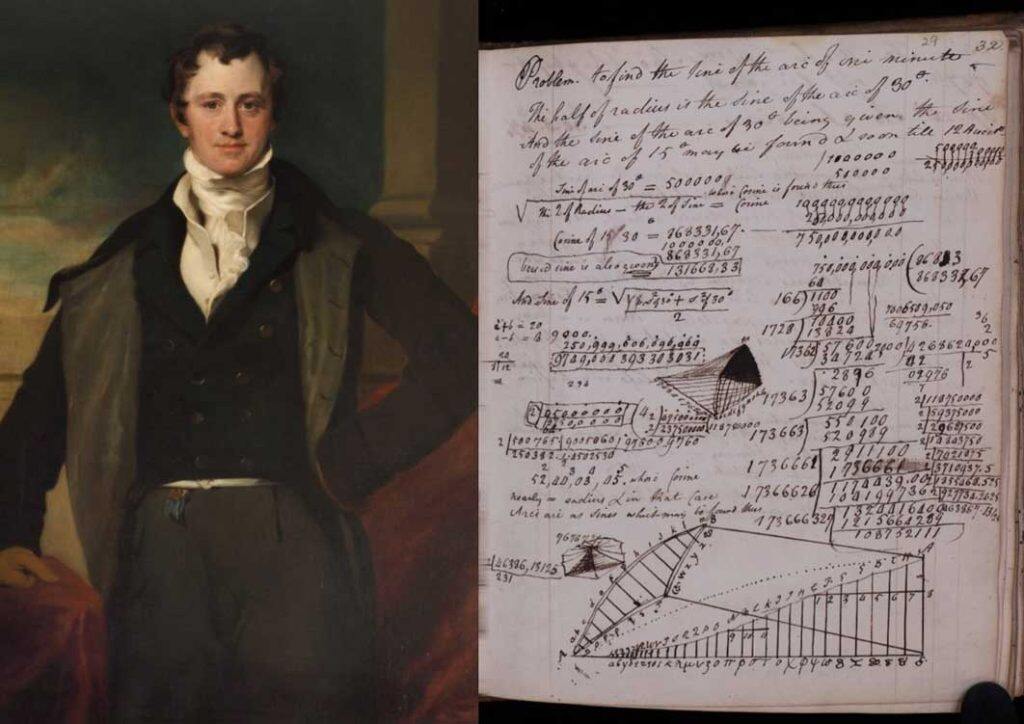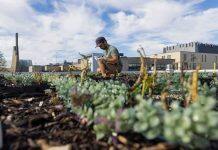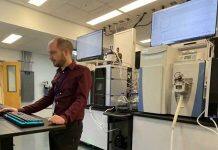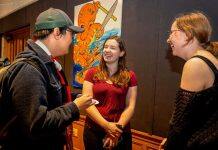A new digital platform has been launched which offers unprecedented access to the thoughts, discoveries and personal reflections of pioneering British chemist Sir Humphry Davy, the man best remembered for the invention of the miner’s safety lamp which bore his name.


This unique resource – made possible by the collaboration of experts including Dr Joanna Taylor from The University of Manchester and the work of thousands of volunteers – highlights Davy’s immense contributions to science, and even reveals that two common chemical elements could have had different names.
The platform, funded by the UKRI Arts and Humanities Research Council, allows the public to explore Davy’s notebooks and gain insight into his groundbreaking discoveries, such as the isolation of potassium and sodium – which his notes reveal were almost labelled “potarchium” and “sodarchium.”
In addition to scientific insights, the platform includes fascinating details of Davy’s experiments with nitrous oxide, including his personal experience as the first person to inhale the gas and recognise its pain-relieving properties. The notebooks also reveal Davy’s frustrations over the lack of recognition for his inventions, such as his miner’s safety lamp which saved tens of thousands of lives.
Led by Professor Sharon Ruston of Lancaster University, the project is the result of a major international effort involving Zooniverse, the Adler Planetarium in Chicago, University College London, and The Royal Institution of Great Britain.
The platform, which launches officially on Saturday 19 October, was made possible through the work of 3,841 volunteers who transcribed more than 13,000 pages of Davy’s notes, creating a valuable resource for researchers and the general public alike. The collection is now publicly available on Lancaster University Library’s digital platform.
Dr Taylor’s expertise in understanding how Davy’s scientific work intertwined with his personal reflections on nature and poetry was pivotal in interpreting the notebooks in a way that reveals Davy’s deep intellectual engagement with the world around him.“
“Usually, when we think about nature writing, we mean a certain genre that’s focused on personal interpretations of a place. Davy’s notebooks reveal a process of thinking about the environments in which he lived, worked, and travelled, and the ways that his experiments and inventions – alongside his less well-known poetry – interacted with those environments in some novel and exciting ways.”
-Dr Joanna Taylor„
“The publication of these notebooks, images of the pages, their transcription and explicatory notes is a beginning rather than the end of a project,” said Professor Ruston. “Now everyone can read what Davy wrote 200 years ago and, I hope, will make full use of this new resource.”







































